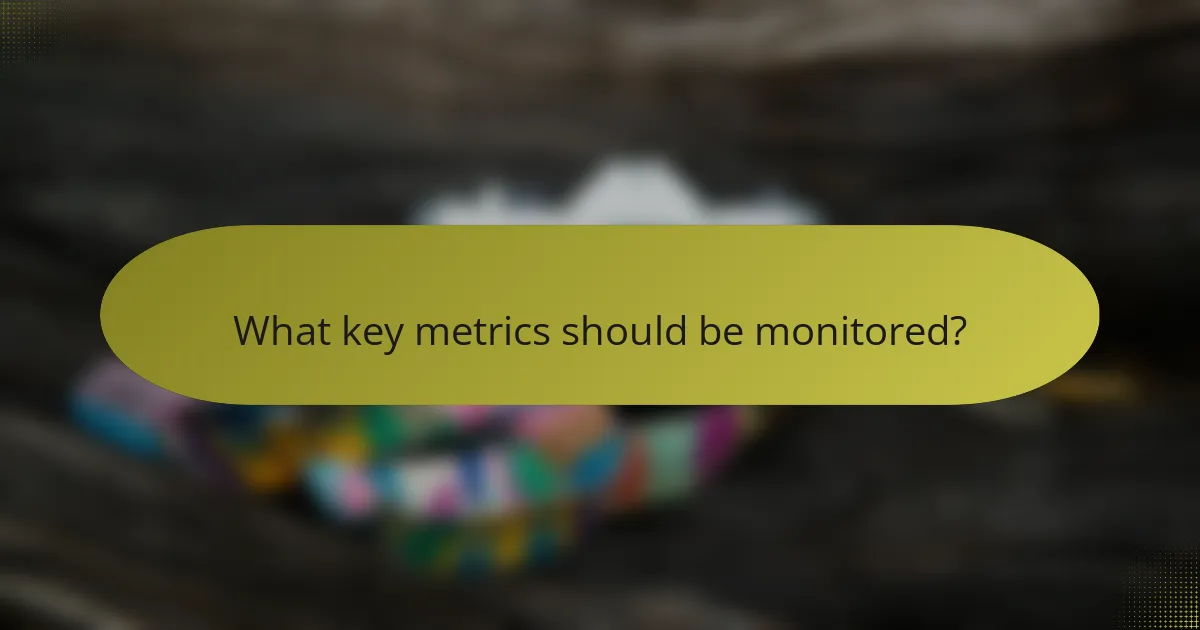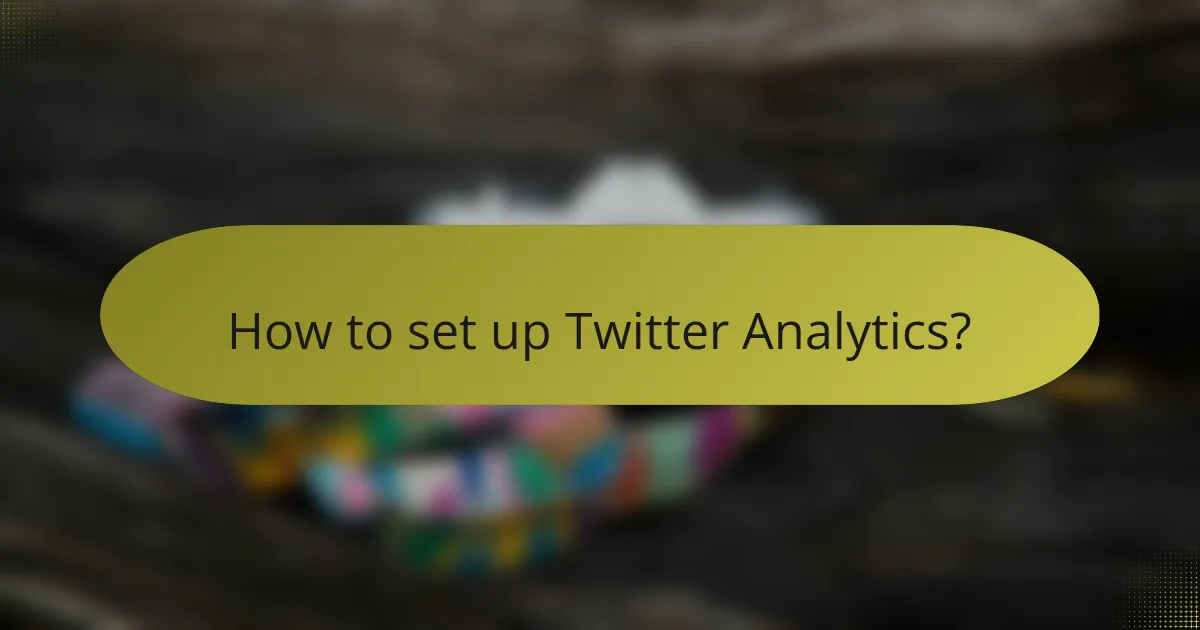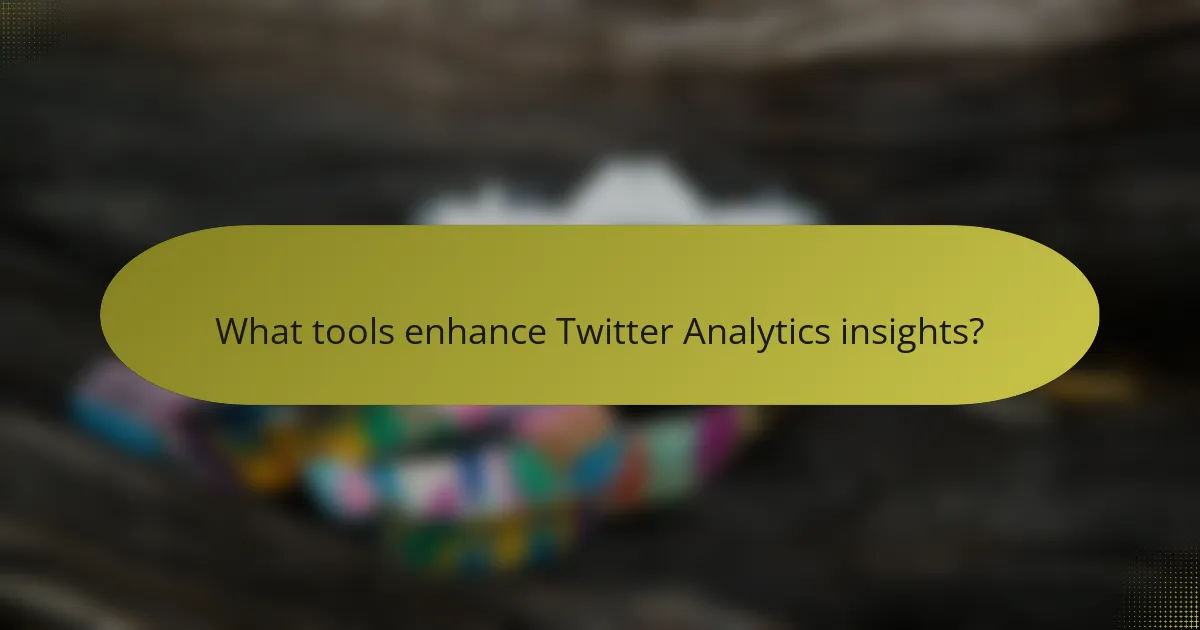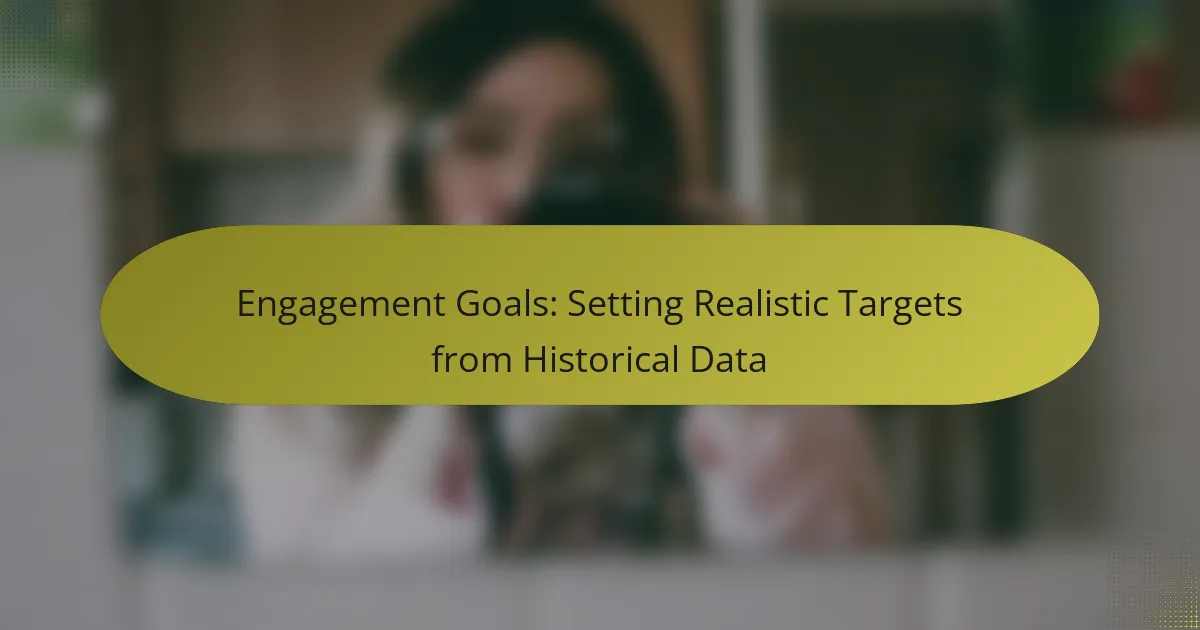Twitter Analytics is a powerful tool that can enhance your engagement strategy by offering valuable insights into tweet performance and audience behavior. By analyzing key metrics such as engagement rate and impressions, businesses can tailor their content to better connect with their target audience and drive meaningful interactions.

How can Twitter Analytics improve engagement in Australia?
Twitter Analytics can significantly enhance engagement strategies in Australia by providing insights into tweet performance and audience behavior. By leveraging this data, businesses can tailor their content and posting strategies to better resonate with their target audience.
Identify top-performing tweets
Identifying top-performing tweets is crucial for understanding what content resonates with your audience. Use Twitter Analytics to track metrics such as retweets, likes, and replies to determine which posts generate the most engagement. Focus on the themes, formats, and timing of these successful tweets to replicate their success in future posts.
For example, if tweets with images receive higher engagement than text-only posts, consider incorporating more visuals into your strategy. Regularly review this data to stay updated on changing audience preferences.
Analyze audience demographics
Understanding your audience demographics is essential for crafting relevant content. Twitter Analytics provides insights into the age, gender, location, and interests of your followers, allowing you to tailor your messaging effectively. In Australia, knowing regional differences can help you create localized content that appeals to specific groups.
For instance, if your analytics show a significant portion of your audience is based in Sydney, you might focus on local events or trends in that area to increase engagement. Regularly revisiting these demographics can help you adapt your strategy as your audience evolves.
Track engagement metrics
Tracking engagement metrics is vital for assessing the effectiveness of your Twitter strategy. Key metrics include engagement rate, impressions, and click-through rates. By monitoring these figures, you can identify patterns and adjust your content accordingly to maximize interaction.
For example, if you notice a drop in engagement rates, consider experimenting with different content types or posting times. Aim for a consistent review of these metrics to ensure your strategy remains aligned with audience expectations.
Optimize posting times
Optimizing posting times can significantly impact engagement levels. Analyze your Twitter Analytics to determine when your audience is most active and schedule your tweets accordingly. In Australia, peak engagement times may vary by region and day of the week, so consider local habits and time zones.
As a guideline, many brands find success by posting during lunch hours or early evenings when users are more likely to be online. Experiment with different times and track the results to find the optimal posting schedule for your audience.
Utilize Twitter Cards
Twitter Cards enhance the visibility of your tweets by allowing you to attach rich media, such as images or videos, to your posts. This feature can lead to higher engagement rates as it makes your content more visually appealing. Use Twitter Analytics to track how tweets with Cards perform compared to standard tweets.
Incorporating Twitter Cards can be particularly effective for promoting events or special offers. Ensure that the content you attach is relevant and engaging to maximize the impact on your audience.

What key metrics should be monitored?
To improve your Twitter engagement strategy, focus on key metrics that reveal how your audience interacts with your content. Monitoring engagement rate, impressions, click-through rate, and follower growth provides insights into your performance and areas for enhancement.
Engagement rate
The engagement rate measures the level of interaction your tweets receive relative to your follower count. It includes likes, retweets, replies, and shares, providing a clear picture of how well your content resonates with your audience.
A good engagement rate typically ranges from 1% to 5%, depending on your industry and audience size. To improve this metric, create compelling content that encourages interaction, such as polls or questions.
Impressions
Impressions indicate how many times your tweets have been viewed, regardless of whether users engaged with them. This metric helps you understand the reach of your content and the effectiveness of your posting strategy.
To increase impressions, consider posting at optimal times when your audience is most active. Using relevant hashtags can also expand your reach beyond your immediate followers.
Click-through rate
The click-through rate (CTR) measures the percentage of users who click on links within your tweets compared to the total impressions. A higher CTR indicates that your content is compelling enough to drive traffic to your website or landing page.
Aiming for a CTR of 1% to 3% is generally considered effective. To boost this rate, use clear calls to action and ensure that your links lead to valuable content that aligns with your audience’s interests.
Follower growth
Follower growth tracks the increase or decrease in your Twitter followers over time. This metric is crucial as it reflects your brand’s popularity and the effectiveness of your engagement strategies.
Consistent follower growth can be achieved by regularly posting engaging content, interacting with your audience, and participating in relevant conversations. Aim for steady growth rather than spikes, as sustainable increases indicate a loyal audience base.

How to set up Twitter Analytics?
Setting up Twitter Analytics involves creating a Twitter Developer account, linking your Twitter account to the analytics platform, and accessing the analytics dashboard to monitor engagement metrics. This process allows you to gain valuable insights into your audience and improve your engagement strategy.
Create a Twitter Developer account
To begin, visit the Twitter Developer website and sign up for an account. You will need to provide information about your intended use of the API, including details about your project and how it will benefit users. Approval can take anywhere from a few hours to several days.
Once your account is approved, you will gain access to the Developer Portal, where you can create applications that will allow you to interact with Twitter’s data. Make sure to keep your API keys secure, as they are essential for accessing analytics features.
Link Twitter account to Analytics
After creating your Developer account, the next step is to link your Twitter account to Twitter Analytics. Navigate to the settings section of your Twitter account and look for the option to enable analytics. This will allow your Twitter account to collect data on your tweets and follower interactions.
Ensure that you have the necessary permissions set for your account. If you manage multiple accounts, repeat this process for each one to track their performance individually. This linkage is crucial for accurate data collection and analysis.
Access Twitter Analytics dashboard
Once your Twitter account is linked, you can access the Twitter Analytics dashboard by visiting analytics.twitter.com. Here, you will find a comprehensive overview of your account’s performance, including tweet impressions, engagement rates, and follower growth.
Utilize the various tabs available, such as “Tweets” and “Audience,” to dive deeper into specific metrics. Regularly reviewing this data will help you identify trends and adjust your content strategy accordingly. Aim to check your analytics at least once a week to stay informed about your engagement levels.

What tools enhance Twitter Analytics insights?
Several tools can significantly improve your Twitter Analytics insights by providing deeper data analysis and engagement metrics. Utilizing these platforms can help you better understand audience behavior and optimize your content strategy for increased interaction.
Hootsuite
Hootsuite offers a comprehensive dashboard that allows users to track Twitter engagement metrics effectively. You can monitor mentions, retweets, and likes in real-time, providing a clear picture of how your content performs. Additionally, Hootsuite’s analytics feature generates reports that can help identify trends over time.
To maximize its effectiveness, set up custom streams to focus on specific keywords or hashtags relevant to your brand. This targeted approach can help you engage with your audience more effectively and respond promptly to interactions.
Sprout Social
Sprout Social provides advanced analytics tools that go beyond basic engagement metrics. It offers detailed reports on audience demographics, engagement trends, and content performance, allowing for a nuanced understanding of your Twitter presence. The platform also includes a social listening feature to capture conversations around your brand.
Consider using Sprout Social’s scheduling tools to optimize post timing based on when your audience is most active. This can lead to higher engagement rates and better visibility for your tweets.
Buffer
Buffer is known for its user-friendly interface and effective scheduling capabilities, making it easy to plan and publish content on Twitter. Its analytics feature provides insights into post performance, including engagement rates and click-through statistics. This data can help you refine your content strategy over time.
To enhance your Twitter engagement, use Buffer’s A/B testing feature to experiment with different post formats and times. This allows you to identify what resonates best with your audience, ultimately driving more interactions.









